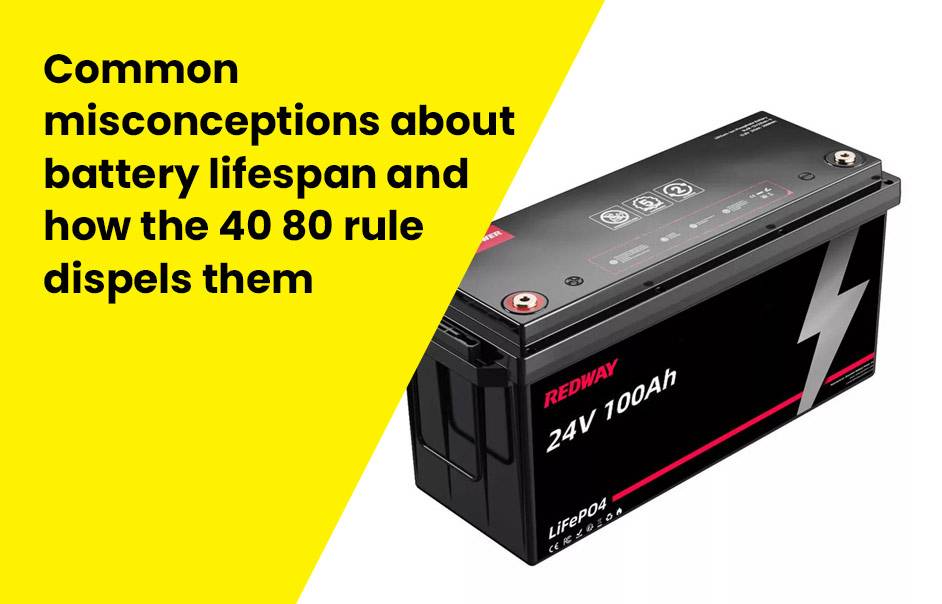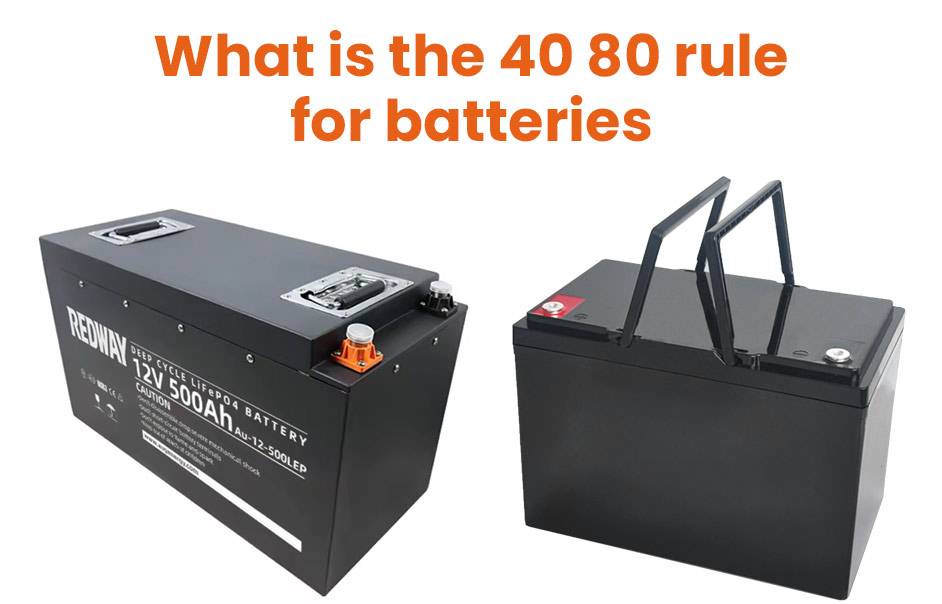Welcome to our guide on extending battery lifespan with the 40-80 rule! Say goodbye to frequent battery replacements with this simple trick. In this post, we’ll explain what the 40-80 rule is and how it can benefit your devices, from smartphones to car batteries. Get ready to supercharge your battery knowledge and save money in the long haul!
Explanation of the rule and its significance
The 40-80 rule, also known as the battery maintenance rule, is a principle aimed at maximizing battery lifespan by maintaining charge levels within specific thresholds. Let’s delve into what this rule entails and why it’s crucial for preserving battery health.
- Maintain Charge Levels:
- The 40-80 rule suggests recharging your battery when it hits around 40% and stopping charging when it reaches about 80%, avoiding both full discharges and overcharging.
- Prolong Lifespan:
- By adhering to this guideline, you prevent unnecessary strain on the battery’s cells, leading to prolonged lifespan and sustained performance over time.
- Common Misconceptions:
- Contrary to popular belief, completely draining a battery before recharging can be harmful, as can leaving devices plugged in for extended periods beyond a full charge.
- Additional Tips:
- To further extend battery lifespan, avoid exposing batteries to extreme temperatures, minimize background app activity, and periodically recalibrate the battery for accurate capacity readings.
Following the 40-80 rule and implementing additional tips can help maintain optimal battery health, ensuring longer-lasting performance for your devices.
Benefits of following the 40 80 rule for batteries
Following the 40-80 rule for batteries can significantly enhance their performance and lifespan. Let’s explore the benefits of adhering to this rule and how it can positively impact your devices.

- Prevents Overcharging:
- By maintaining charge levels between 40% and 80%, you avoid the risk of overcharging, which can damage internal components and reduce battery capacity over time.
- Minimizes Deep Discharging:
- Keeping the battery above 40% charge helps prevent deep discharges, which can strain cells and diminish long-term charging capacity, ensuring your battery stays healthier for longer.
- Improves Reliability and Saves Money:
- Following the 40-80 rule enhances battery reliability for crucial functions like powering devices during emergencies. Additionally, it reduces the need for frequent battery replacements, leading to cost savings and environmental benefits.
- Versatility Across Devices:
- Whether it’s smartphones, laptops, or electric vehicles, applying the 40-80 rule ensures consistent performance and longevity across various battery-powered devices, regardless of battery technology.
By understanding and implementing the 40-80 rule, users can optimize their battery’s health, reliability, and cost-effectiveness, ensuring better performance and longevity for their devices.
How to implement the rule for different types of batteries
Implementing the 40-80 rule for battery maintenance is essential for maximizing lifespan and performance. However, different battery types require specific considerations to apply this rule effectively. Let’s explore how to implement the rule for various battery types:
- Lithium-ion Batteries:
- Keep the charge level between 40% and 80% to extend the lifespan of lithium-ion batteries commonly found in smartphones and laptops. Avoid full charges and deep discharges to maintain optimal performance.
- Lead-acid Batteries:
- Maintain lead-acid batteries, typical in cars and motorcycles, within a range of 50% to 70% charged to optimize their lifespan. Avoid leaving them at low charge levels for extended periods to prevent sulfation.
- Nickel-based Batteries:
- For nickel-cadmium (NiCd) and nickel-metal hydride (NiMH) batteries found in cameras and power tools, recharge them around 40% capacity and avoid dropping below 80% to prevent memory effect and enhance longevity.
By understanding and implementing the 40-80 rule tailored to different battery types, you can ensure prolonged lifespan and reliable performance across various devices and applications.
Common misconceptions about battery lifespan and how the 40 80 rule dispels them
Understanding battery lifespan misconceptions is crucial for proper battery management. By debunking these myths and embracing the 40 80 rule, we can ensure better battery health and longevity. Let’s explore common misconceptions and how the 40 80 rule dispels them:

- Misconception #1: “Fully draining my battery before recharging it improves its lifespan.”
- Contrary to belief, fully discharging a battery can actually be harmful. The 40 80 rule advises maintaining the battery level between 40% and 80% to optimize its lifespan and performance.
- Misconception #2: “Leaving my device plugged in overnight damages the battery.”
- Modern devices feature smart charging technology that prevents overcharging, making overnight charging safe. As long as you use a reputable charger and avoid extreme temperatures, leaving your device plugged in overnight won’t harm the battery.
- Misconception #3: “I must fully charge my new device before using it.”
- This outdated belief is unnecessary with today’s batteries. Most devices come partially charged, so there’s no need for extensive initial charging. Simply power up your new device and start using it right away!
By understanding and following the principles of the 40 80 rule, we can optimize battery health and longevity while avoiding common misconceptions that may harm our devices.
Tips for maintaining battery health beyond the 40-80 range
Beyond following the 40-80 rule, there are additional steps you can take to maintain battery health and prolong lifespan. Let’s explore these tips for ensuring optimal battery performance:
- Avoid extreme temperatures: Keep batteries away from high heat or freezing cold to prevent premature aging and maintain efficiency.
- Proper storage: Store spare batteries or unused devices correctly by removing batteries if not in use for an extended period, preventing leakage and corrosion.
- Clean battery contacts: Regularly clean battery contacts to ensure good connections and maximize electrical flow, improving overall performance.
- Avoid overcharging: While it’s essential to recharge batteries regularly, avoid leaving them plugged in longer than necessary to prevent stress on battery cells.
- Use compatible chargers: Always use chargers designed for specific battery types to ensure proper charging levels and avoid damaging the cells.
- Responsible disposal: When disposing of old batteries, follow local regulations or manufacturer guidelines to minimize environmental impact and ensure proper recycling.
By incorporating these additional tips into your battery maintenance routine alongside the 40-80 rule, you’ll optimize battery lifespan and performance, saving money and reducing environmental waste in the process.

